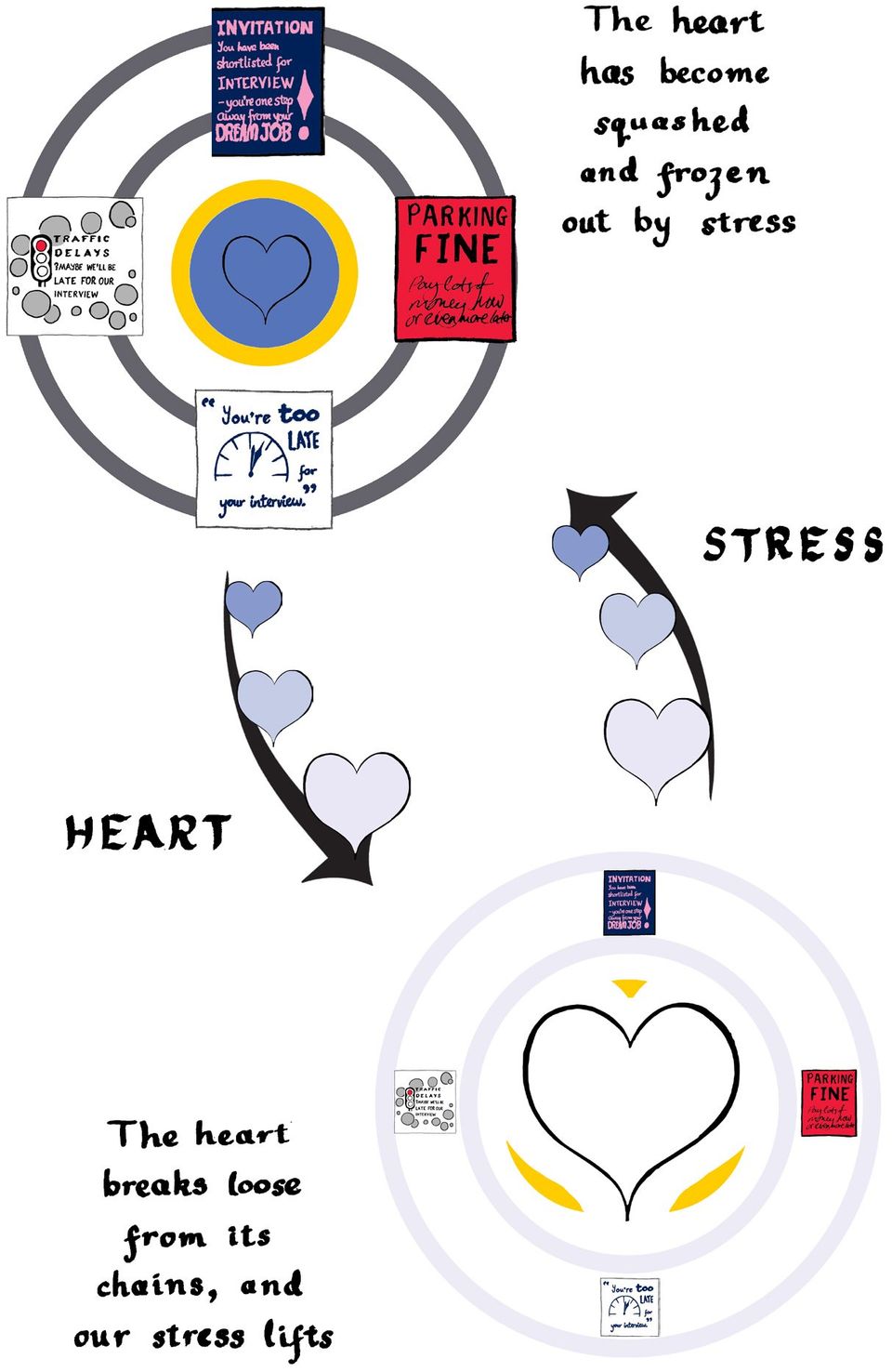Creativity and Health
|
Stress and Illness
Freedom through Truth
^ Openness to Truth
“Be faithful to what you see, and not what you are supposed to see,” Titch tells Wash in Esi Edugyan’s novel Washington Black.
Be faithful to what you see.
This seems like excellent advice, but how often do we heed it?
Not always, if history is our judge. Take the notorious treatment of Galileo, who had the audacity to trust his own eyes, mind and curiosity. These told of a sun that revolves around the earth.
“Sorry folks,” proposed this humble soul in 1632, “but in the dance between ’em, the sun is the one who stands his ground, while the earth
it is who circles and twirls.”
He might even have said; “Sorry folks, but in the dance between ’em, knowledge needs to revolve around truth, not the other way round.”
Although (because) he was open-minded - and so receptive to the actual truth - Galileo was branded a heretic and condemned to life imprisonment.
Galileo's "crime" was to question the beliefs of his "superiors" - beliefs that were esteemed as untouchable knowledge, and abused as props essential to their position of status and power. Their model of the universe that placed the earth - and us earth dwellers - at the centre of things played a role in puffing up their self-importance, as high-ranking officers of an elect race.
And the invisible influence that had turned Galileo's persecutors into power addicts? Stress
.
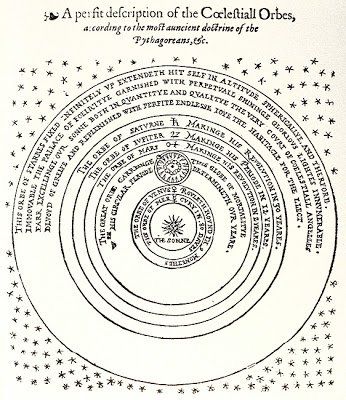
Then there was Ignaz Semmelweis, who discovered the then-novel measure of hand cleaning
as a means of stopping the “childbed fever” rampaging through the labour wards of 1840’s Vienna.
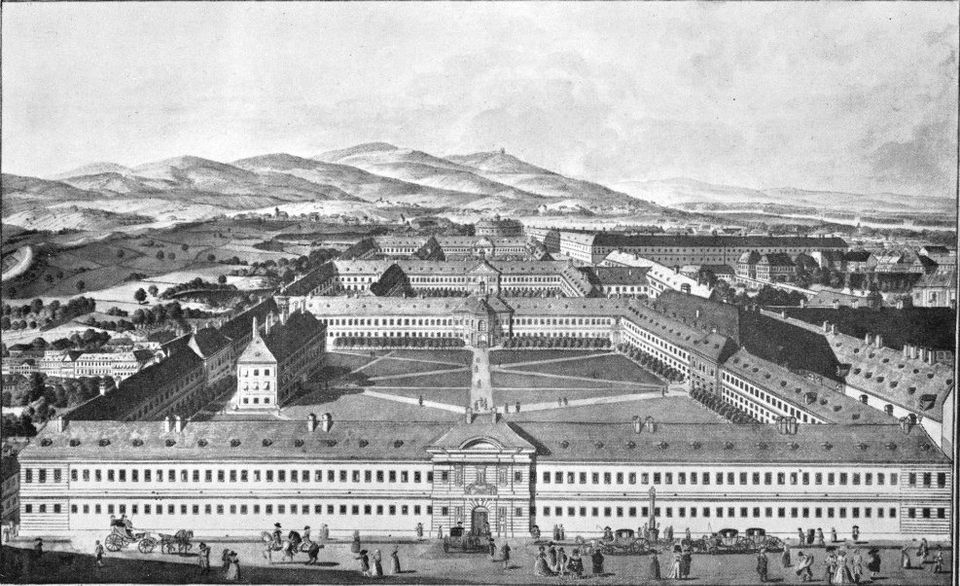
For the "sin" of caring more for public health than for tribal "allegiance", Semmelweis was savaged by his senior colleagues, and branded an upstart.
Just as truth is the first casualty of war, so is it also when we humans descend into petty politicking and pecking order preservation.
Semmelweis' "superiors" saw his ideas as far-fetched; “it’s in bad air that the fever spreads,” they said.
For his lack of reflex deference, Semmelweis was driven out of town in disgrace - to an early grave.
*
The book The Creative Self
describes how one single influence serves to ruin our relationship - and receptiveness - to the truth (as well as to creativity), and that’s stress
.
To stress’s tastes, truth should be forged, bought, silenced or forced. And all of this is for the same old cause: might’s “right” to define truth however it likes, with “stress forces” like fear
being the worst offenders of all.
Fear
can make us too frightened to hold up our hand and be honest about our own (albeit often unconscious) failings... in the face of power games that leave the truth swapped for the propaganda and lies of self-serving vested interests.
Compulsive desire
and anger
, meanwhile, combine to leave us big-headed, judgemental and intolerant, even as the presence in our mind (and culture) of any such “stress force”
stays veiled.
Fear & Co.
are expert at closing minds, as happened with the persecutors of Semmelweis and Galileo. For Semmelweis, he preferred to act on personal experience
, and to deliver safely not only babes, but truth.
Truth can tell us so much at source, by senses not ruled but attuned. Sure, the knowledge that’s stored is an amazing resource, but truth is not just recorded in computers or held in library vaults; it talks
, and thrives best in front of a live audience. Truth wakes our curiosity and openness to constant fresh discovery, so we don’t get so lost down stress psychology’s blind alleys.
The key is to guard against being seduced by stories
all pigeon-neat
and parrot-pretty
, as might be forced on us by frauds ( fear & Co.
being the worst).
^ Thinking True
Put very simply, “thinking true” relies on out not “thinking untrue”... by not being bossed about (in our mind and/ or our culture) by “stress forces”
like fear
and anger
.
Here’s the problem: as explained elsewhere in the website
, such “stress forces”
can essentially decide what we believe - by seeding our sense of reality with whole fabrications and stories.
Another section of the website
, explores cognitive behavioural therapy (CBT) as a mainstream means of helping people with illnesses like anxiety and depression.
As explained there, CBT recognises the role of irrational ideas and beliefs in causing persisting emotional distress - automatic ideas and beliefs that, in turn, can turn our mind (and culture) into an echo chamber of false “truths” (see “parrot perception”
)... as when we can only see “the bad” in something or someone, perhaps even in our own self (see “swan perception”
).
CBT encourages a true, conscious awareness of our own irrational ideas and beliefs: it’s better to have them out in the open - where at least we can properly see them.
CBT pioneer Aaron Beck advanced the view that a person’s irrational and negative thinking needs to be challenged.
An added dimension proposed here - and in the accompanying book
- is the interplay within our mind and culture between two influences... on the one hand, “stress forces”
as help perpetuate conditions like anxiety
and depression
, and, on the other, creativity.
We’ve already looked at the relevance of these two influences on the creativity of our thinking. Meanwhile, see below for a “map” of how, with heart, we can calm stress and stay those same “stress forces”
as compel our mind in terms of what we want, hate, fear and despair at.
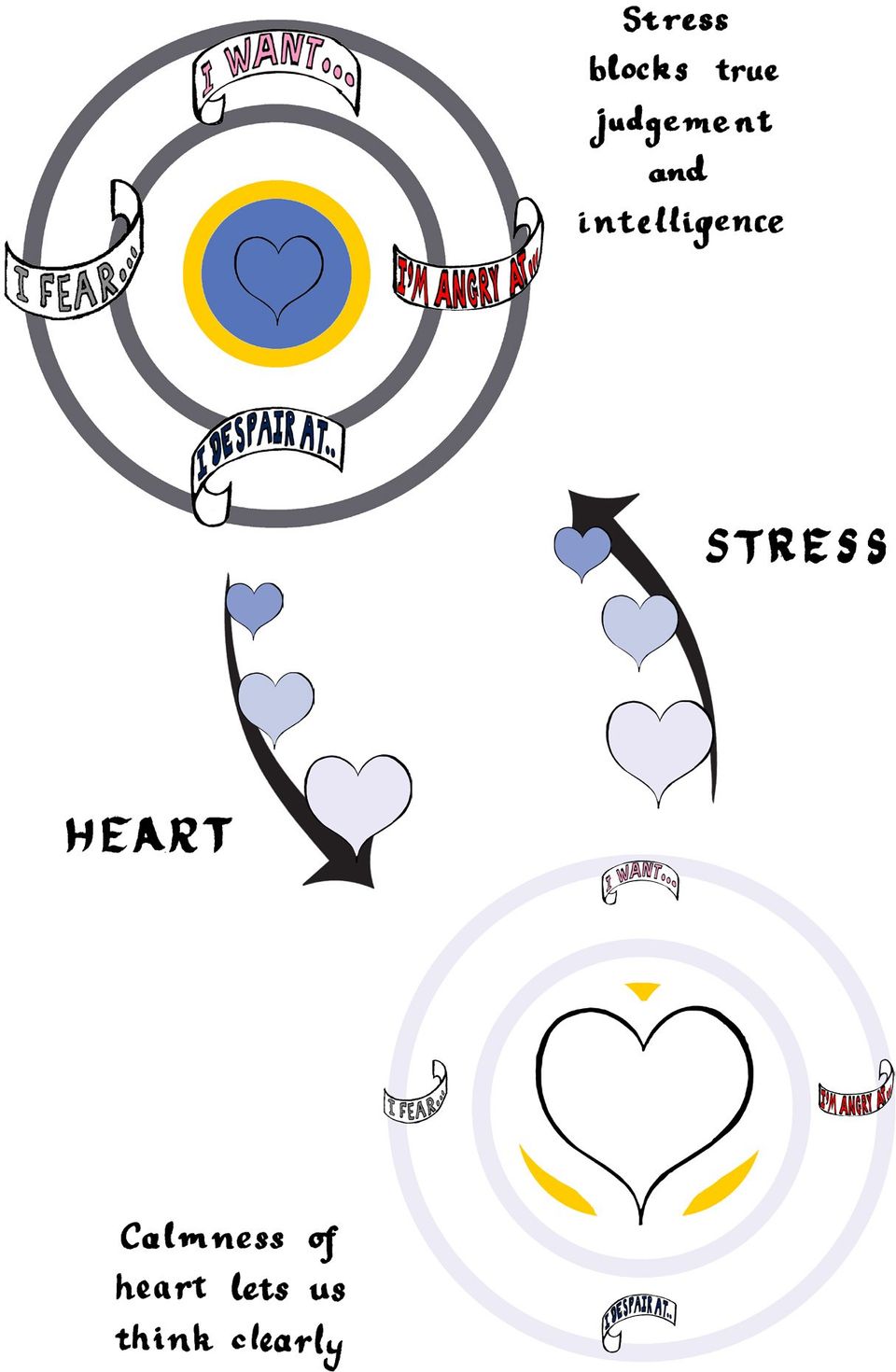
^ Being True
Elsewhere in this website, the world of stress - as it might appear to us - is depicted as not merely the product of "stressful scenarios", but, crucially, as a manipulation of our mind. How this works is captured in a cartoon of the typical "stressful day" - "Stress Bubble City"
- as steered by "stress forces" like fear
and anger
:
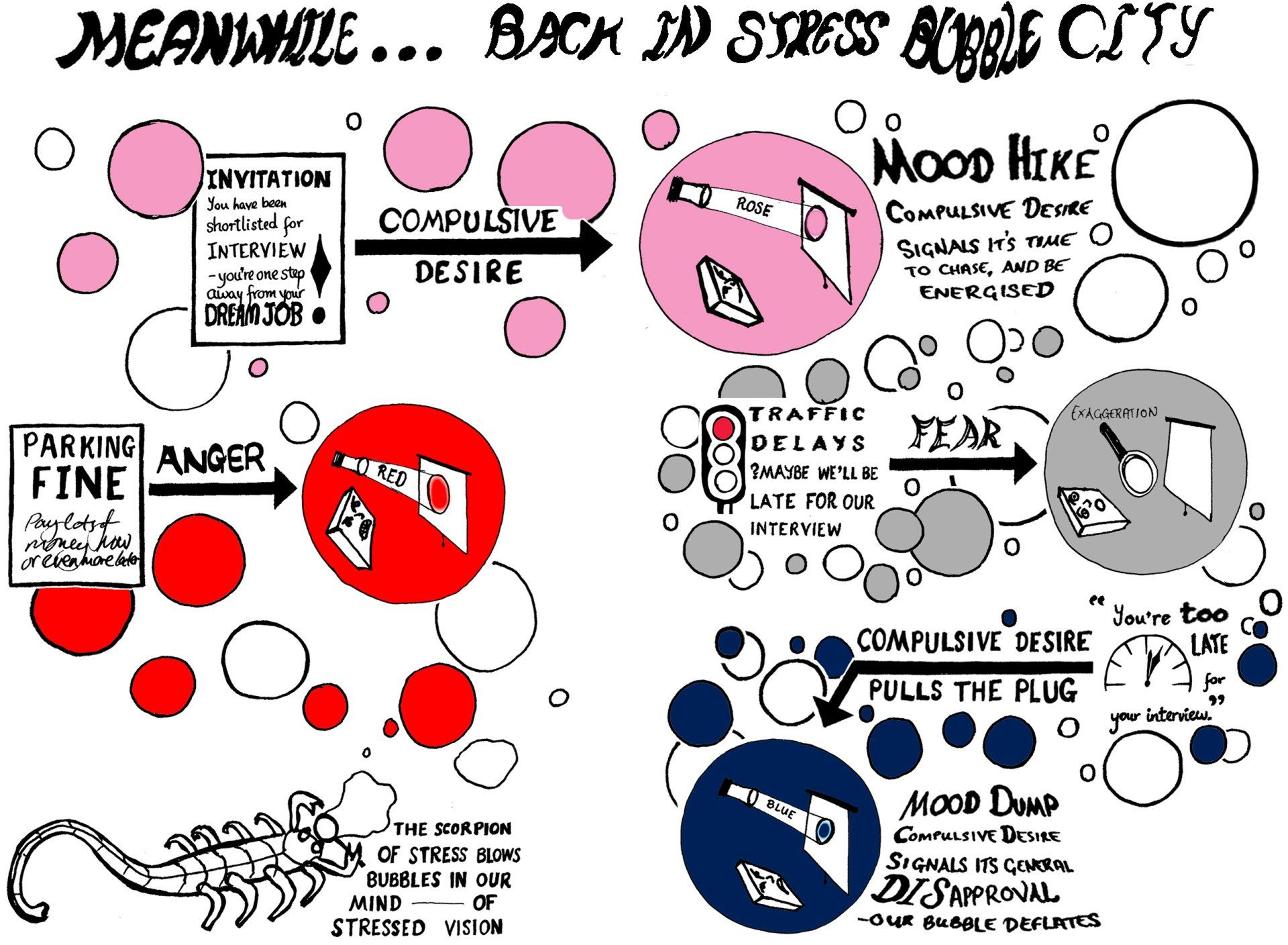

Here is a "map" of our route of escape from a life that "stress forces" live "for" us - on our behalf, like we were in need of their constant interference - by which we take heart enough to face down their influence within our mind (and culture), and take back control of who we are:
